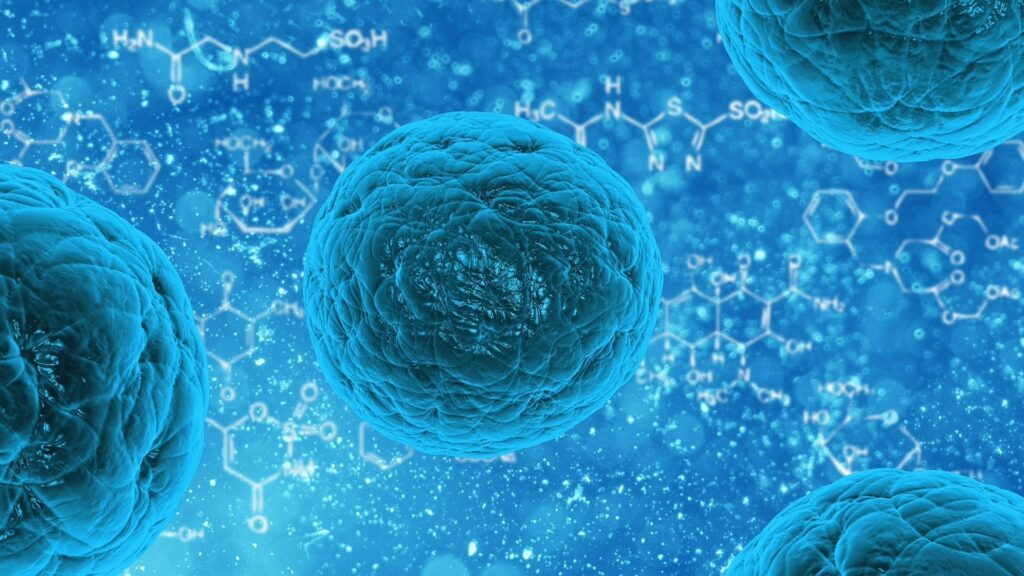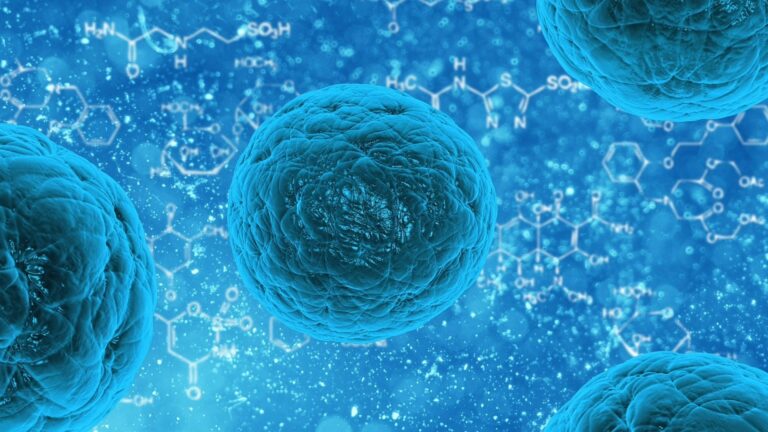Comprehending Cell-to-Cell Chemical Communication
Cells communicate with each other by physically interacting and exchanging signals, much like people do through handshakes. However, unlike people, cells utilize a variety of sugar molecules that cover their surface like trees on a landscape to perform these interactions. These sugar molecules, known as glycans, engage in handshakes with each other, triggering specific reactions within cells. These reactions can include escaping, ignoring, or destroying other cells.
Understanding the intricate “body language” of glycans during these handshakes can provide valuable insights into the workings of cancers, infections, and immune systems. It can also offer potential solutions to the health and sustainability challenges that our society currently faces.
What are glycans?
Glycan molecules are composed of a complex arrangement of individual sugar molecules that are joined together. The vast array of possible glycan structures that can be formed by connecting these sugar molecules allows glycans to hold a wealth of information.
Due to the fact that sugars cover all living cells, glycans serve as identification cards for cells. They exhibit the cell’s identity, indicating whether it is a bacterial or human cell, as well as its condition, such as whether it is healthy or cancerous, to the rest of the body. This enables other cells to recognize and respond accordingly. For instance, these distinctive markers enable our immune cells to identify and eliminate harmful bacteria and cancer cells, while leaving healthy cells unharmed.
An example that highlights the significance of glycan-stored information in everyday life is blood type. Glycans are chemically attached to proteins and lipids on the surface of red blood cells. Notably, the glycans on type A red blood cells differ from those on type B and type O red blood cells. Knowing your blood type is crucial to prevent an undesired immune reaction during blood transfusions.
Glycoproteins and glycolipids, which are proteins and lipids adorned with glycans respectively, are widely present in nature.
For instance, glycoproteins with distinct characteristics envelop the outer layer of viruses such as COVID-19, HIV, and H1N1 influenza, aiding in their invasion of cells. Similarly, glycolipids form a protective coating on numerous bacteria, enabling them to adhere to their hosts and shield themselves from viruses and immune cells.
In more recent times, scientists have made a significant discovery of genetic material fragments embellished with glycans on the surfaces of mammalian cells. This finding challenges the conventional belief that genetic material is exclusively confined to the cell nucleus and has sparked extensive research to unravel the roles played by these glycans. Notably, a recent study has demonstrated the crucial role of these molecules in attracting immune cells towards infected or injured tissues.

How do cells read glycans?
In scientific research and drug development, glycans are highly sought after due to their rich biological information and their easily accessible locations on cell surfaces. Cells use proteins called lectins to sense glycans on the surfaces of other cells. Each lectin has a unique area that allows it to bind to glycans with a specific matching sequence, leading to complex signals and biological actions.
One example is the subfamily of lectins known as C-type lectins, which can recognize specific glycans on the outer walls of harmful viruses, fungi, and bacteria. These lectins are found on certain immune cells and deliver the glycans to other immune cells, enabling the selective destruction of viruses or cells carrying that glycan. This process helps the immune system eliminate harmful pathogens, including cancer cells.
Another type of lectin called siglecs is found on immune cell surfaces and plays a role in distinguishing self from nonself. They help the immune system respond to various conditions such as cancers, allergies, autoimmune diseases, and neurodegeneration. Siglecs present an opportunity for treating these conditions.
The success of glycan-based drugs is evident in Pfizer’s Prevnar vaccine, which was approved by the Food and Drug Administration in 2010 to prevent bacterial pneumonia. Prevnar contains glycans from different strains of Streptococcus pneumoniae, the leading cause of bacterial pneumonia. The bacterial glycans in the vaccine trigger an immune response, allowing immune cells to recognize and neutralize the threat. This immune response provides future immunity against bacteria with the same glycans.
Examining every sugar molecule
Due to the limitations in current technology, scientists have not been able to fully unlock the potential of glycans as treatments. The complex and diverse structures of glycans make it extremely challenging to extract all the biological information they hold. The exact appearance and functionality of these “sugar codes” are still unknown to researchers.
Glycans consist of sugar molecules arranged in unique patterns, but existing analytical tools can only analyze multiple glycans simultaneously. To illustrate the problem with this approach, imagine all the glycans in a cell as candies in a jar. Some candies may have the same color, while others may differ. If you cannot pour out the candies and examine each one individually, it becomes difficult to identify and quantify the color of each candy in the jar.
To address this issue, my laboratory is working on developing imaging technology that can analyze the structure of glycans by examining each individual molecule. Essentially, we are creating a technique that allows us to open the jar and study each candy one by one.
In the future, our team aims to uncover how these glycans interact with the proteins that recognize them. Ultimately, we hope to reveal the intricate language that cells use to communicate and express themselves.
This article is republished from PhysORG under a Creative Commons license. Read the original article.
Do not forget to share your opinion with us to provide you with the best posts !




0 Comments